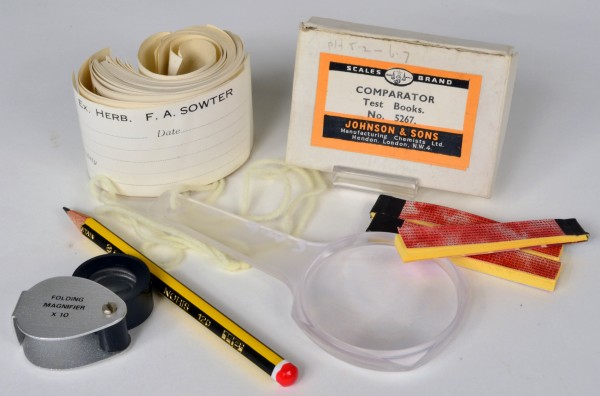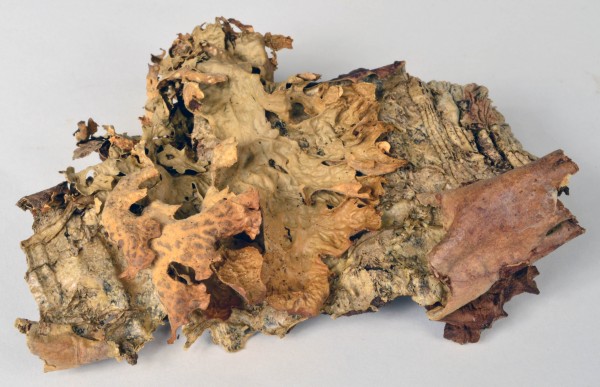Amazing Plants

Corncockle
Agrostemmn Githago
This specimen was collected by William Percy Powell D.S.M. (1887-1954) who was born in Hinckley and served in the Royal Army Medical Corp during World War I. He had been an active amateur botanist before the outbreak of the war and continued to record plants in northern France while he was stationed there including this corncockle specimen.
He collected detailed records and specimens of the flora of Burbage Common and Wood, and recorded 261 species in ‘The Flora of Stoney Stanton, Sapcote and District’.


Fungi are no longer classified as plants as they do not produce chlorophyll. They fit into neither the plant or animal kingdom. The classification of plants, animals and fungi is always changing and evolving as scientists discover more about the natural world. Research collections like ours can be used as comparative material or can be tested in new ways to reveal more information.


Most of our natural history specimens were collected by individuals who lived or worked in Leicestershire. Their notebooks and diaries help us to understand what they were collecting, where and why.
‘A Hortus Siccus of Wild English Plants Found Chiefly in Leicestershire & Warwickshire’ by Andrew Bloxam
“The last of the all-round naturalists”, Bloxam was a Fellow of Worcester College Oxford and vicar of Twycross from 1831-1865. He then moved to Harborough Magna and lived there until his death on 2nd February 1878. This volume of 87 sheets of dried and mounted plant specimens was given to his mother Anne in December 1831.


Plant collecting has been carried out throughout history. In the past necessary equipment included a pencil, notepad, hand lens, a bag for collected material, and a map. Now botanists are more likely to use mobile technology to record plants in the wild. Collecting specimens is now a rare occurrence due to changes in wildlife and countryside legislation.


Lungwort Lichen - Lobaria pulmonaria
This was first recorded around Loughborough in 1747 by Dr Richard Pulteney, but has been extinct in the County since the end of the 18th century. The lobes of this lichen are visually similar to the lobes of a lung, so it was believed that this lichen would cure lung disease. The scientific validity has long been discredited, but this idea persists in homeopathic medicine.


Botanical models, late 19th century
Flowering plant models were used to teach the structure of plants in universities all over the world. These models were made by Robert Brendel in his workshop in Berlin in the late 19th century. Brundel used a variety of different materials in his models including paper mache, wood, gelatine and sometimes even cotton and feathers.

